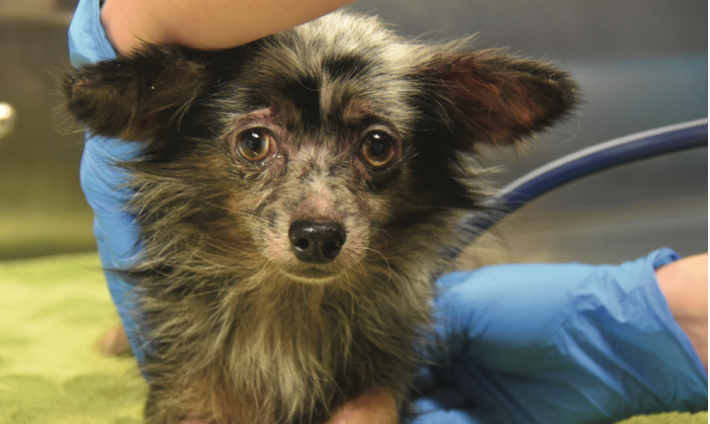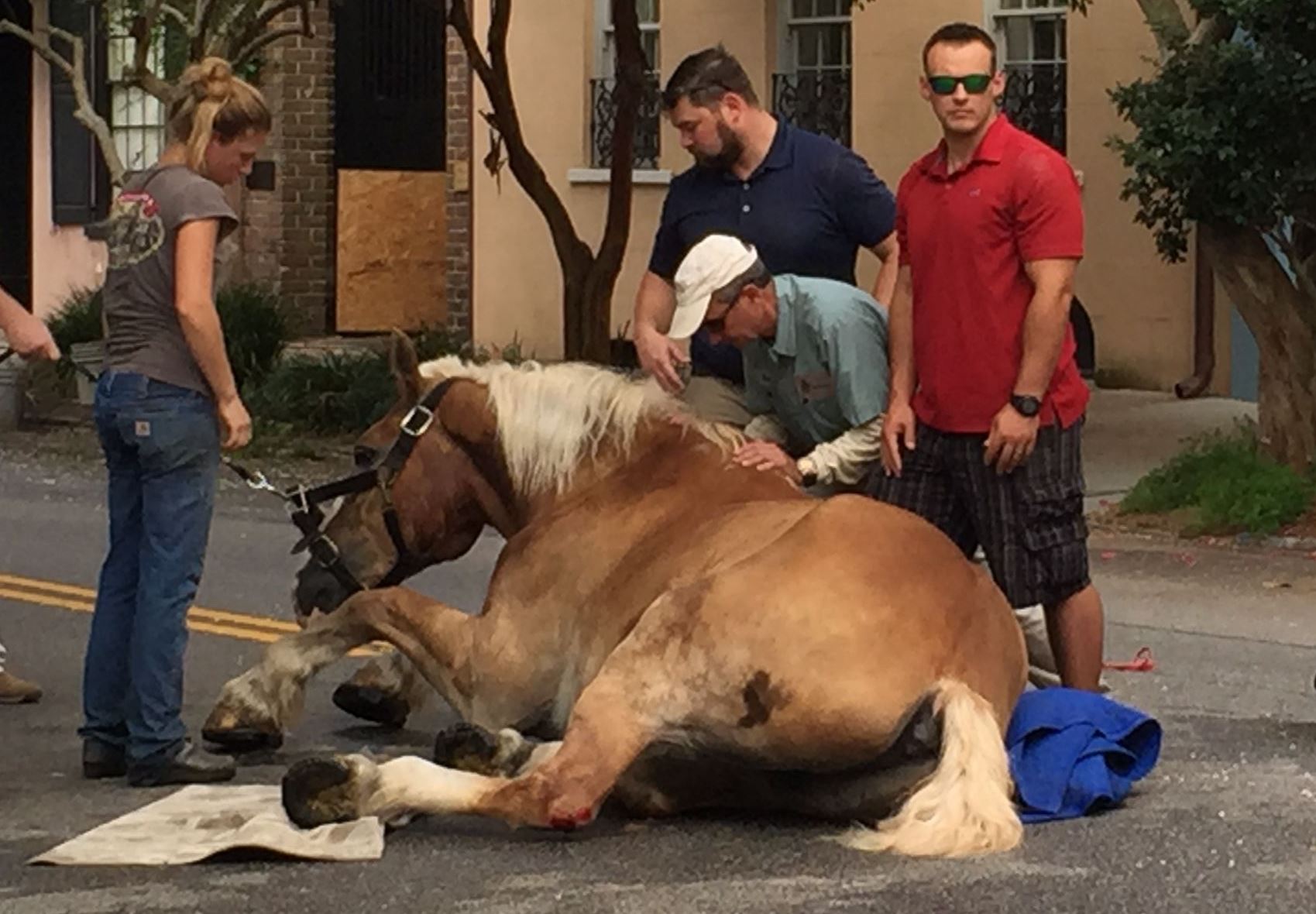By ALDWIN ROMAN, CAWA
FOR EACH CASE OF ANIMAL CRUELTY

that receives airtime on news stations, there could be five more that the general public never hears about.
Animal cruelty cases are difficult to prosecute but even more difficult to investigate. The victims of these crimes have no voice. Although we can see their pain and evidence of their suffering, they cannot tell us who did it or why. This creates an overwhelming challenge when hoping to find justice and hold perpetrators accountable.
Veterinarians with forensic animal cruelty training can examine animals and collect evidence to try and piece together what may have happened but at the end of the day the burden on solving these cases falls on law enforcement.
An injured animal. A voiceless victim. Limited evidence.
This is no easy task for law enforcement officers. Fortunately, over the past several years there has been an increase in the resources law enforcement departments are willing to invest in these cases.
With the addition of seasoned detectives and full forensic units, these crimes are now being pieced back together and arrests are being made.
In May, a horrible case of animal cruelty was discovered in Berkeley County. A dog was found floating in a pond with its muzzle zip tied shut.
Following up on tips and through surveillance footage the Berkeley County Sheriff’s Office was able to reconstruct the series of events that led to this horrendous crime. The Berkeley County Shelter and other animal organizations supported this investigation from the beginning.
The hard work paid off when a 38-year- old suspect was arrested and charged with felony animal cruelty.
In January, a 71-year-old woman was arrested and charged with felony animal cruelty in connection with a puppy mill in Laurens County. A 46-year-old man was also arrested.
Police were tipped off by a complaint about a sick puppy that had been purchased from the two suspects. Officers initially faced obstacles in their investigation, but they did not relent.
“There is a tremendous volume of research from academics, police, and the FBI, that shows those who prey on and abuse animals will go on to abuse people.”
Eventually Laurens County Animal Control and the Sheriff’s Office executed a warrant and found 145 dogs, 107 chickens, along with cats, ducks, and rabbits, all living in deplorable conditions on a single property. Support from animal welfare groups around the state led to the safe removal of all the animals. (See the Spring 2020 issue of Carolina Tails for details on how 50 of the dogs were brought to safety at Charleston Animal Society).
Police work is the key.
These cruelty cases – and dozens of others just like them — would have never left the ground if not for the initiative of law enforcement. No arrests would have been made if not for their diligent police work.
There is no doubt that animal cruelty laws in South Carolina need reform but before that is addressed our law enforcement needs the support from their departments and their elected officials — to take these cases on with every available resource.
After all, pursuing animal cruelty cases is not just about the animals. There is a tremendous volume of research from academics, police, and the FBI, that shows those who prey on and abuse animals will go on to abuse people, and usually the most vulnerable: women, children and the elderly.
Preventing and addressing animal cruelty is in and of itself important, but the implications for the safety of our communities is undeniable. We must commend and support our law enforcement in the investigation of these crimes if we hope to stop this senseless violence.
Help Fight Cruelty:




